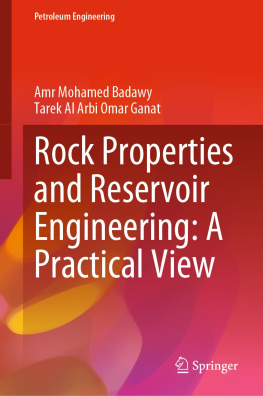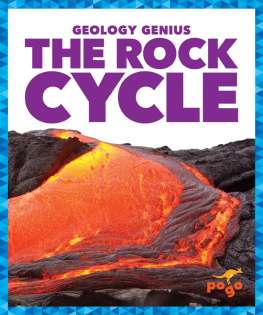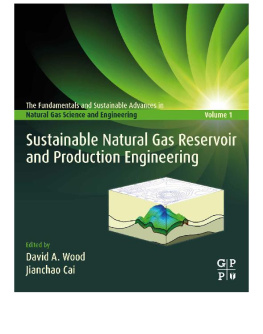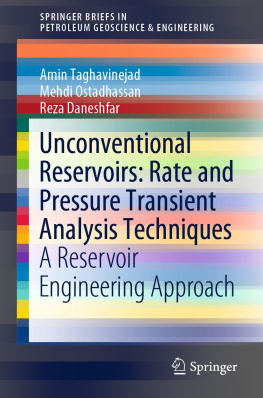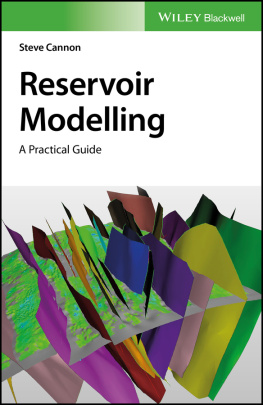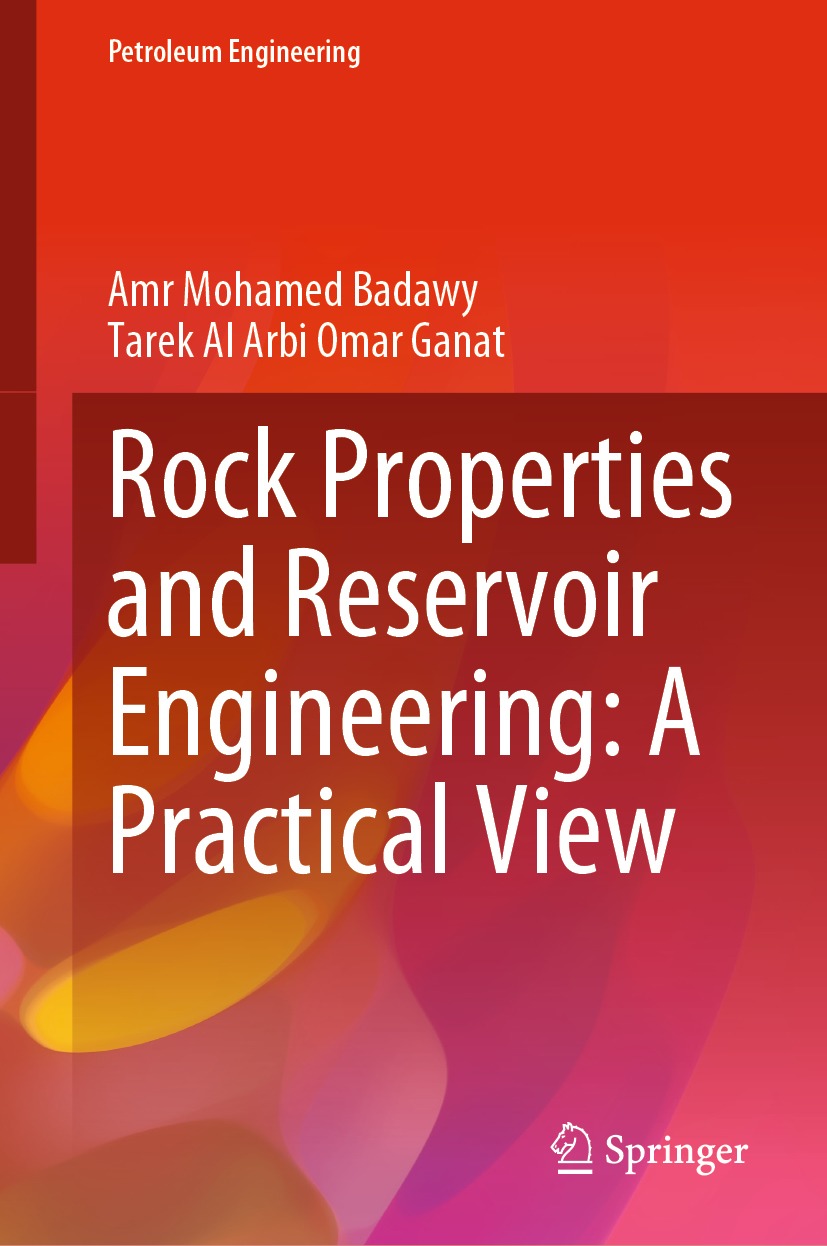Petroleum Engineering
Editor-in-Chief
Gbenga Oluyemi
Robert Gordon University, Aberdeen, Aberdeenshire, UK
Series Editors
Amirmasoud Kalantari-Dahaghi
Department of Petroleum Engineering, West Virginia University, Morgantown, WV, USA
Alireza Shahkarami
Department of Engineering, Saint Francis University, Loretto, PA, USA
Martin Fern
Department of Physics and Technology, University of Bergen, Bergen, Norway
The Springer series in Petroleum Engineering promotes and expedites the dissemination of new research results and tutorial views in the field of exploration and production. The series contains monographs, lecture notes, and edited volumes. The subject focus is on upstream petroleum engineering, and coverage extends to all theoretical and applied aspects of the field. Material on traditional drilling and more modern methods such as fracking is of interest, as are topics including but not limited to:
Contributions to the series can be made by submitting a proposal to the responsible publisher, Anthony Doyle at anthony.doyle@springer.com or the Academic Series Editor, Dr. Gbenga Oluyemi g.f.oluyemi@rgu.ac.uk.
More information about this series at http://www.springer.com/series/15095
Amr Mohamed Badawy and Tarek Al Arbi Omar Ganat
Rock Properties and Reservoir Engineering: A Practical View
1st ed. 2022

Logo of the publisher
Amr Mohamed Badawy
Ciro, Egypt
Tarek Al Arbi Omar Ganat
Department of Petroleum and Chemical Engineering, Sultan Qaboos University, Al Khoud, Sultanate of Oman, Oman
ISSN 2366-2646 e-ISSN 2366-2654
Petroleum Engineering
ISBN 978-3-030-87461-2 e-ISBN 978-3-030-87462-9
https://doi.org/10.1007/978-3-030-87462-9
The Editor(s) (if applicable) and The Author(s), under exclusive license to Springer Nature Switzerland AG 2022
This work is subject to copyright. All rights are solely and exclusively licensed by the Publisher, whether the whole or part of the material is concerned, specifically the rights of translation, reprinting, reuse of illustrations, recitation, broadcasting, reproduction on microfilms or in any other physical way, and transmission or information storage and retrieval, electronic adaptation, computer software, or by similar or dissimilar methodology now known or hereafter developed.
The use of general descriptive names, registered names, trademarks, service marks, etc. in this publication does not imply, even in the absence of a specific statement, that such names are exempt from the relevant protective laws and regulations and therefore free for general use.
The publisher, the authors and the editors are safe to assume that the advice and information in this book are believed to be true and accurate at the date of publication. Neither the publisher nor the authors or the editors give a warranty, expressed or implied, with respect to the material contained herein or for any errors or omissions that may have been made. The publisher remains neutral with regard to jurisdictional claims in published maps and institutional affiliations.
This Springer imprint is published by the registered company Springer Nature Switzerland AG
The registered company address is: Gewerbestrasse 11, 6330 Cham, Switzerland
I would like to dedicate this book to my family members. No words can express my gratitude for them, for they have always supported and encouraged me.
Amr Mohamed Badawy
I would like to dedicate this book to my parents and my brothers and sisters, and to my wife Basma and my children Mohamed, Heba, Abdulrahman, and my young hero Abdul Malik. Without their support and encouragement, this book will not complete.
Tarek Al Arbi Omar Ganat
Preface
This book was written by the authors after long overseas work experience in oil and gas industry, to handle, analyze and usage of reservoir rock properties in Field Development Plan (FDP) work. That is why the title Reservoir Engineering Practical View was chosen for this manuscript. Based on our work experience as reservoir engineers in multi-regions located at different continentals, we have got much of knowledge and skills which encouraged us to share with others to make their evaluation process more easier.
Considering the rock properties which are of more interest to reservoir engineering work, this book is a trial to prepare a detailed reference to cover the subject. It is not the objective of this book to duplicate or repeat the classical reservoir rock properties courses and/or references. In the contrary, it concentrates on the importance of the reservoir rock properties in field development plan works (FDP) work, how the reservoir simulator interprets them and what the user (reservoir engineer) should do to properly introduce them to the simulator. It could be a good idea to describe this text as (Reservoir Rock Properties; What, Why and How?).
We hope that everybody will enjoy going through this book and find it helpful in his/her reservoir development work. It is to be mentioned that any technical matter in this book represents our best understanding. However as technical individuals, we should always consider other points of views.
Amr Mohamed Badawy
Tarek Al Arbi Omar Ganat
Ciro, Egypt Al Khoud, Sultanate of Oman, Oman
Overview of Chapters
This book provides several technical information presented in nine chapters. All the chapters defining their content and giving the reader complete view of the rock properties which help the petroleum engineers to understand the evaluation and assessment process and the procedures required during the evaluation of hydrocarbons formation. The chapters were written in a simple way to serve as a rapid reference and guidance based on the discovery type and the amount of reservoir rock data available.
In this book, solution for the exercises introduced in different sections were presented to exemplify the stages covered in this book, permitting the petroleum engineers to understand the evaluation of the whole steps.
Contents
The Author(s), under exclusive license to Springer Nature Switzerland AG 2022
A. M. Badawy, T. A. A. O. Ganat Rock Properties and Reservoir Engineering: A Practical View Petroleum Engineering https://doi.org/10.1007/978-3-030-87462-9_1
1. Introduction
Amr Mohamed Badawy
(2)
Department of Petroleum and Chemical Engineering, Sultan Qaboos University, Al Khoud, Sultanate of Oman, Oman
No doubt that the reservoir engineer mission is to maximize/optimize the hydrocarbon recovery from a given oil/gas resource. To fulfill this mission, a proper reservoir development plan is needed for any reservoir. Handling and analyzing different reservoir rock properties is an essential part in building reservoir simulation models and consequently in reservoir development plans (FDP) work. This is true because the reservoir rock is the container that holds the hydrocarbon. It is important to know the capacity of that container to hold the hydrocarbon. It is also important to understand the behavior of the container under different depletion strategies and how it affects the hydrocarbon recovery.

